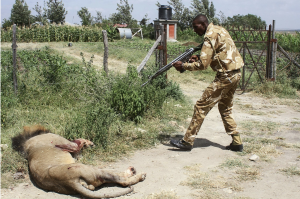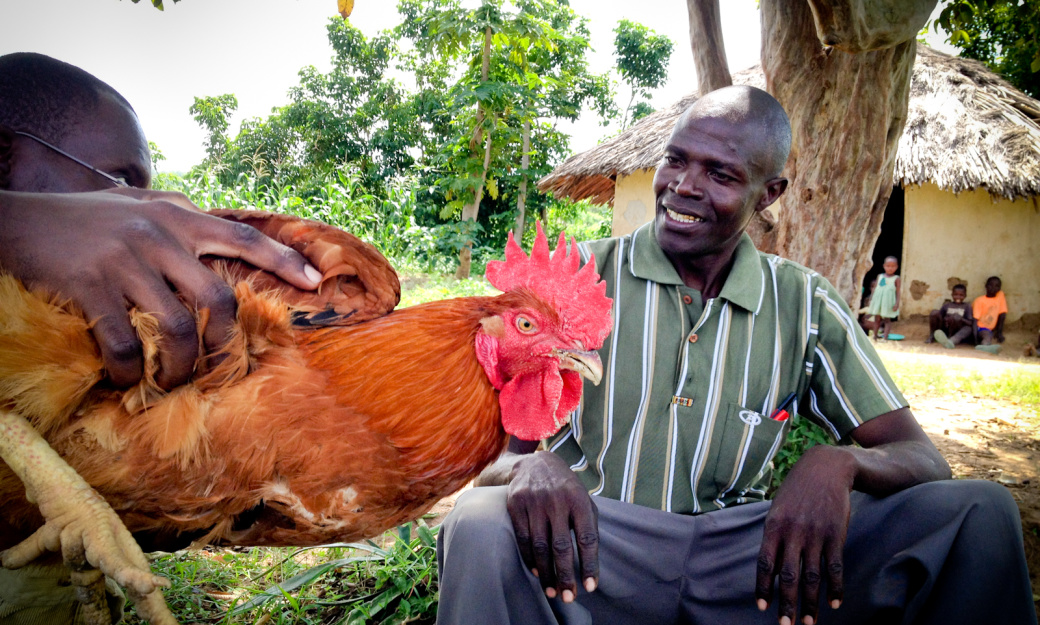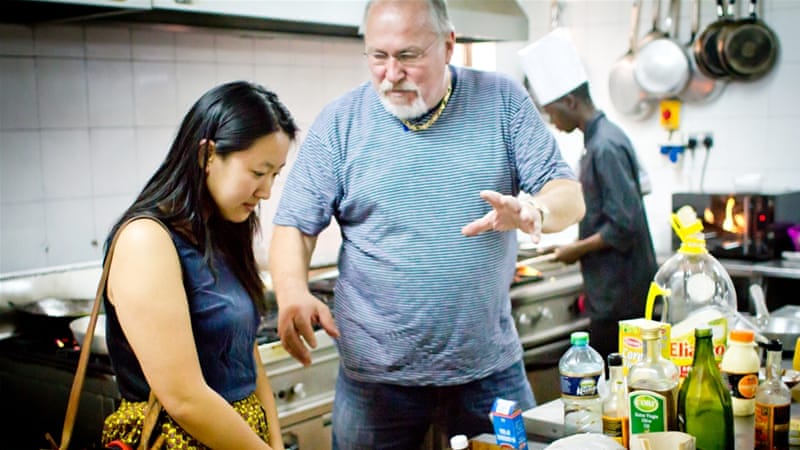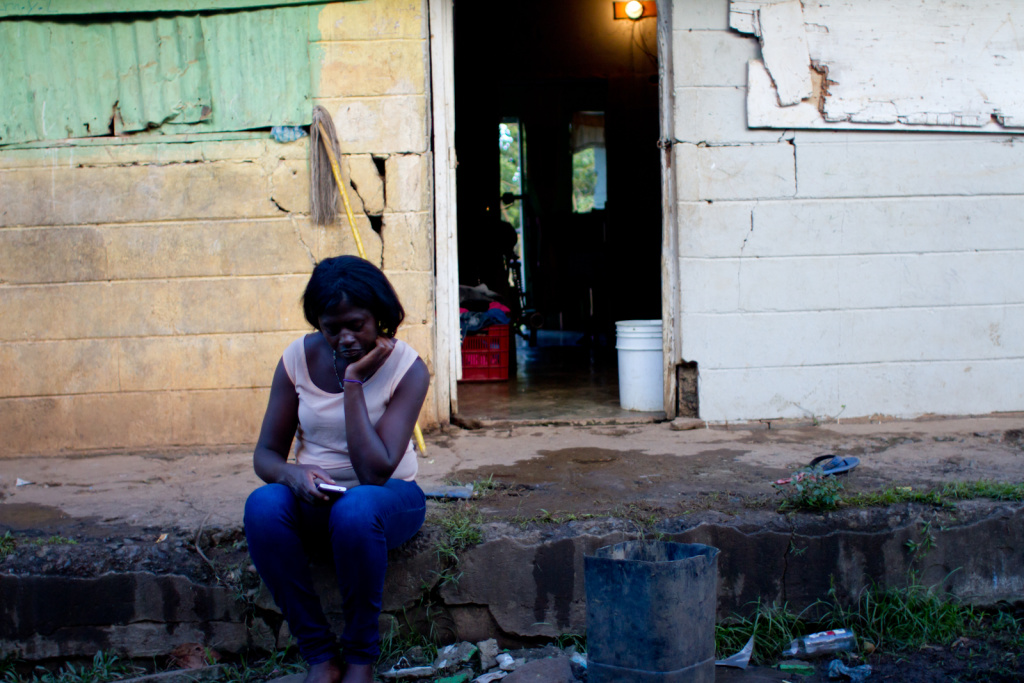
Downtown Nairobi, Kenya, as viewed from the Africa Nazarene University © dan lundmark
Two years ago, Michael Bloomberg launched Bloomberg Media Initiative Africa, a $10 million fund to “build media capacity, convene international leaders and improve access to information” on the continent. As part of the three-year program, journalists in Kenya, South Africa and Nigeria can apply for training programs and seminars to improve their knowledge about African finance and how to cover it.
Truly independent media outlets remain scarce on the continent. Freedom House lists the press in Kenya, Nigeria and South Africa as only “partially free.” The first and fourth most censored media in the world are in Africa, according to the Committee to Protect Journalists, which last year published a detailed report about how Kenyan officials and partisan media owners are eroding press freedom there.
To learn more about the initiative and its relevance for African business journalism, CoveringBusiness spoke with three veteran Bloomberg editors. Read the interview at Columbia University Graduate School of Journalism’s Covering Business blog.





